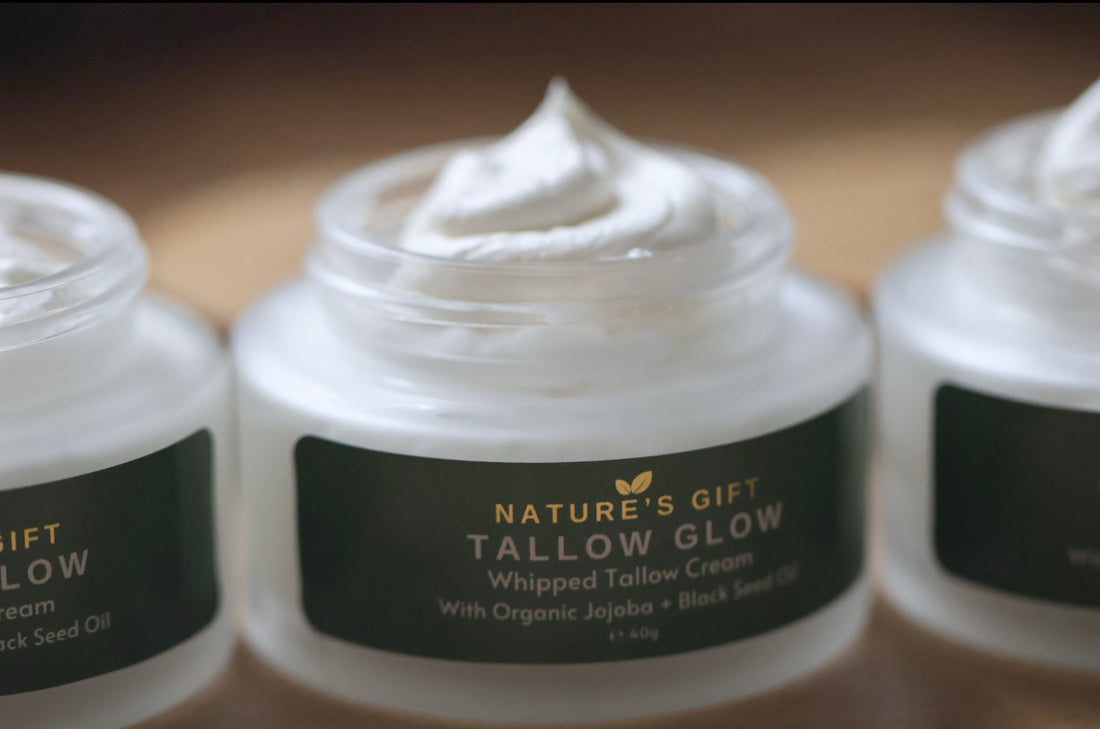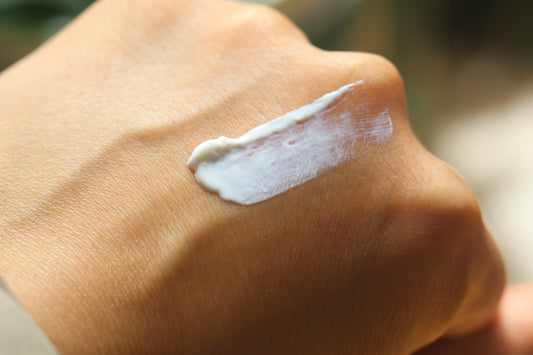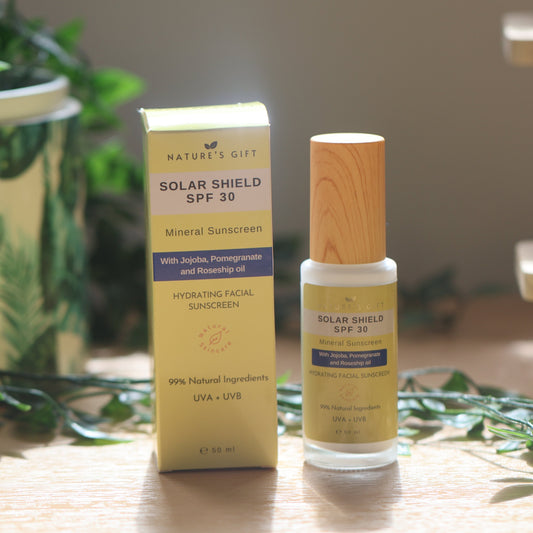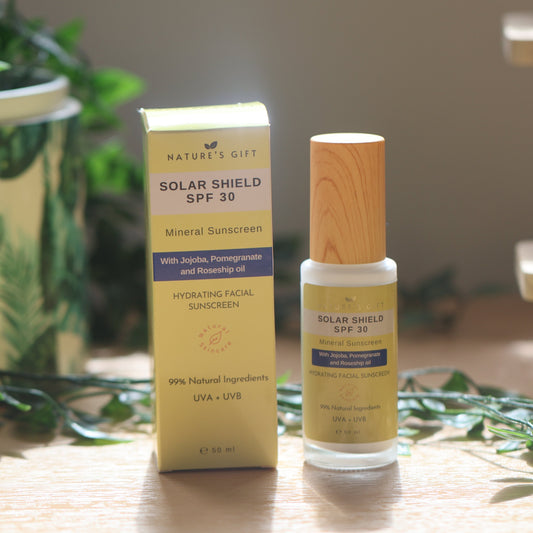Seborrheic dermatitis is a chronic, inflammatory skin condition that causes red, flaky, and often oily patches to form on the scalp, face, and other parts of the body. While its exact cause isn’t fully understood, factors like yeast overgrowth, inflammation, and genetics are believed to contribute. Many people with seborrheic dermatitis seek natural remedies to alleviate their skin issues, and tallow has recently gained attention. But does tallow really help with seborrheic dermatitis? Let's explore this.
What is Tallow?
Tallow is rendered fat from animals, usually cows or sheep. It has been used in skincare for centuries, particularly in soaps, balms, and moisturizers. Tallow is rich in saturated fats and beneficial fatty acids, like palmitic and stearic acids, which help nourish and protect the skin. Additionally, tallow contains fat-soluble vitamins A, D, E, and K, which support overall skin health.
How Does Tallow Interact with Seborrheic Dermatitis?
Seborrheic dermatitis is characterized by an overproduction of sebum (skin oil) and an imbalance in the skin’s microbiome, often linked to an overgrowth of Malassezia, a type of yeast naturally found on the skin. Given that tallow is rich in fatty acids, it might seem counterintuitive to use it for a condition associated with excess oil. However, there are several reasons why tallow may be beneficial for managing seborrheic dermatitis.
1. Moisturization and Skin Barrier Repair:
Tallow is highly moisturizing and can help strengthen the skin’s natural barrier. Seborrheic dermatitis often causes dryness and irritation in addition to flaky, oily patches, and moisturizing is key to managing these symptoms. Tallow’s fatty acids may help replenish lost lipids, promote healing, and prevent further moisture loss.
2. Anti-Inflammatory Properties:
The fatty acids in tallow, especially palmitic acid, have mild anti-inflammatory effects. Inflammation plays a significant role in seborrheic dermatitis, and by reducing skin irritation, tallow may help alleviate the redness, swelling, and discomfort associated with flare-ups.
3. Supporting the Skin's Natural Oils:
While seborrheic dermatitis involves excessive oil production, the skin's natural oils are vital for maintaining skin health. Tallow, being a natural fat, resembles the oils produced by the skin. By replenishing the skin with tallow, it may help balance oil production over time, without overwhelming the skin.
4. Antioxidant Benefits:
Tallow contains fat-soluble vitamins like Vitamin A and Vitamin E, which are antioxidants that support skin healing and reduce oxidative stress. This may aid in skin recovery from the irritation and damage caused by seborrheic dermatitis.
Conclusion
Tallow can offer benefits for people with seborrheic dermatitis, thanks to its moisturizing, anti-inflammatory, and skin-repairing properties.
Checkout our tallow in our natural skincare range!




